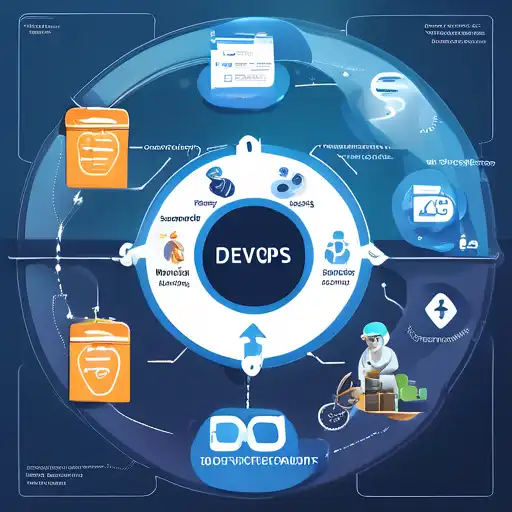Introduction to DevOps in Software Development
DevOps has revolutionized the way software is developed, deployed, and maintained. By bridging the gap between development and operations teams, DevOps practices ensure a smoother, faster, and more efficient software development lifecycle (SDLC). This article explores the pivotal role of DevOps in enhancing the SDLC, focusing on its benefits, key practices, and how it fosters collaboration and innovation.
The Benefits of DevOps in the SDLC
DevOps brings numerous benefits to the software development lifecycle, including improved collaboration, faster deployment times, and higher quality products. By integrating continuous integration and continuous deployment (CI/CD) pipelines, teams can automate the testing and deployment processes, significantly reducing manual errors and accelerating time to market.
Key DevOps Practices for Optimizing the SDLC
Several core practices define the DevOps approach to software development:
- Continuous Integration and Continuous Deployment (CI/CD): Automates the integration of code changes and their deployment to production, ensuring that software can be released at any time.
- Infrastructure as Code (IaC): Manages and provisions computing infrastructure through machine-readable definition files, rather than physical hardware configuration.
- Monitoring and Logging: Tracks application performance and user activities to identify and resolve issues promptly.
- Microservices: Structures an application as a collection of loosely coupled services, improving modularity and making the application easier to develop, deploy, and scale.
How DevOps Fosters Collaboration and Innovation
DevOps culture emphasizes collaboration between developers and operations teams, breaking down silos and encouraging a shared responsibility for the product. This collaborative environment not only speeds up the development process but also fosters innovation, as teams are more likely to experiment and implement new ideas when they work closely together.
Implementing DevOps in Your Organization
Adopting DevOps requires a cultural shift, as well as the right tools and practices. Start by fostering a culture of collaboration and continuous improvement. Then, gradually introduce DevOps tools and practices, such as CI/CD pipelines, IaC, and automated testing, into your SDLC. Remember, the goal of DevOps is not just to speed up development but to deliver high-quality software that meets user needs.
Conclusion
DevOps significantly improves the software development lifecycle by promoting collaboration, automating processes, and enabling continuous delivery. By adopting DevOps practices, organizations can achieve faster deployment times, higher quality products, and a more innovative development culture. Whether you're just starting with DevOps or looking to optimize your current practices, the benefits are clear and achievable with the right approach.
For more insights into optimizing your development processes, explore our articles on Continuous Integration and Infrastructure as Code.
